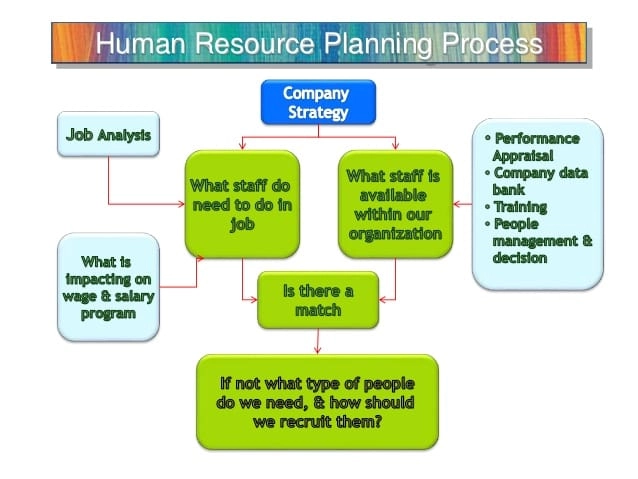As digital technologies continue to enter the market and change the way we conduct business, employees still remain the most valuable asset to companies. Employees are so important to the success of an organization that human capital planning has become the norm, but what exactly is human capital planning?
Human capital planning is essential to the success of any organization.
What is Human Capital Planning?
The term, “human capital” refers to the skills, competencies, abilities, and value employees bring to a business. Human capital planning, therefore, is used to help companies hire, train, and manage the workforce within the limits of their budget.
The skills and knowledge, as well as the relationships your employees have with customers, is irreplaceable and is a huge factor in determining the success of an organization. Since employees are so vital to the success of an organization, many companies have made human capital management an essential part of their business strategy. Since human capital planning is so important to the success of your organization, let’s take a look at the steps involved in an effective human capital strategy.
Steps Involved in Human Capital Planning
What steps are involved in the human capital planning process?
1. Create an Inventory of Resources
The first step to start a successful human capital planning process is to gain a thorough understanding of the current workforce at your organization. It’s important to assess your current staff before you decide to hire new employees so start by creating a skills inventory for each employee. It’s very beneficial to involve managers and acquire real-world feedback on the issues they face, which areas they think need improvement, and the skills and knowledge their employees possess.
2. Determine Staffing Needs
The next step to create a successful human capital strategy is to look at the future HR requirements of your organization and determine how resources will be applied to meet the goals of the company. It’s essential to not only assess your company’s need for qualified employees but also understand where those employees will come from, whether from inside or outside the organization. Once you’ve accurately forecasted the demand and supply your company needs and has to offer, you’re then able to meet the needs of your company either through training current employees, hiring new ones, or a combination of both.

Human capital planning Process
3. Identify Gaps and Develop Talent
The third step to creating an effective human capital management program is to begin the process of developing talent strategies. After you’ve assessed the current talent at your organization and projected future needs, it’s safe to say you’ve probably found many HR gaps that exist and need to be fixed. From recruitment and selection to performance management, employee relations, and everywhere in between, many HR gaps most likely exist and need to be addressed. Start by asking yourself if up-skilling current employees is more lucrative or hiring employees qualified in specific areas is. It’s also very helpful to understand if all current employees are being utilized in their current roles or if some need to be transferred to a different one.
4. Implement, Review, and Evaluate
To guarantee that any strategy is effective, it’s essential to review and evaluate that plan once it’s been implemented at the organization. To determine if your human capital strategy is effective, evaluate whether the plan has helped the organization reach its goals whether they involve employee satisfaction, employee retention, production, or even increased profits. You may determine that your human capital strategy is very effective or you may determine that you need to fix many areas of your human capital planning efforts. Either way, once you’ve reviewed and evaluated your plan, then you’ll be able to ensure that it is effective and successful.
Human capital planning is an important process for any organization that wishes to be successful. Human capital management not only allows organizations to identify the assets they have and the assets they need but also fill any gaps in their organization and determine if hiring new employees or training existing ones is more lucrative for the company. If your organization is struggling in the area of human capital management, follow these four simple steps to create an effective human capital strategy that will improve the success of your organization.




